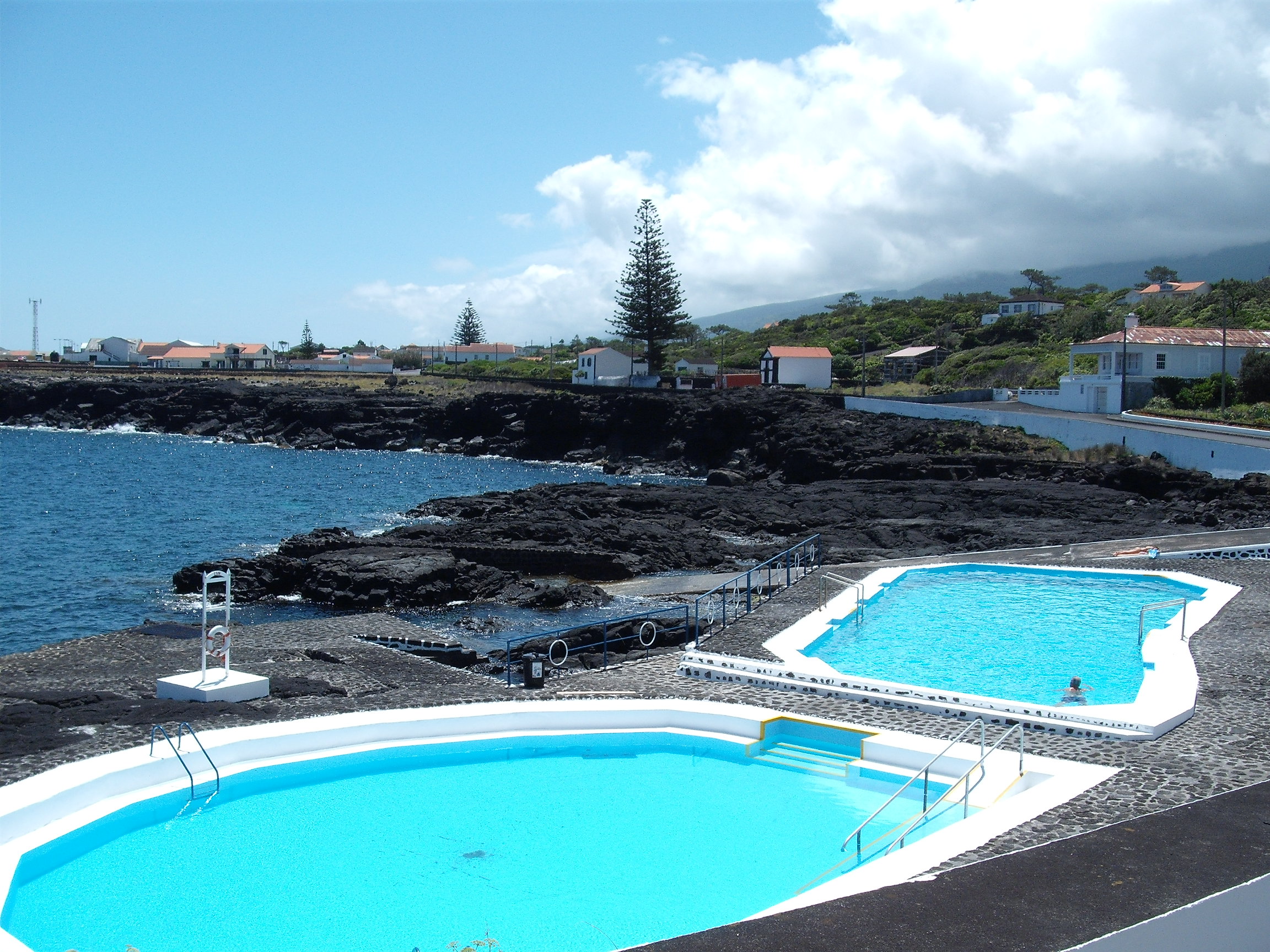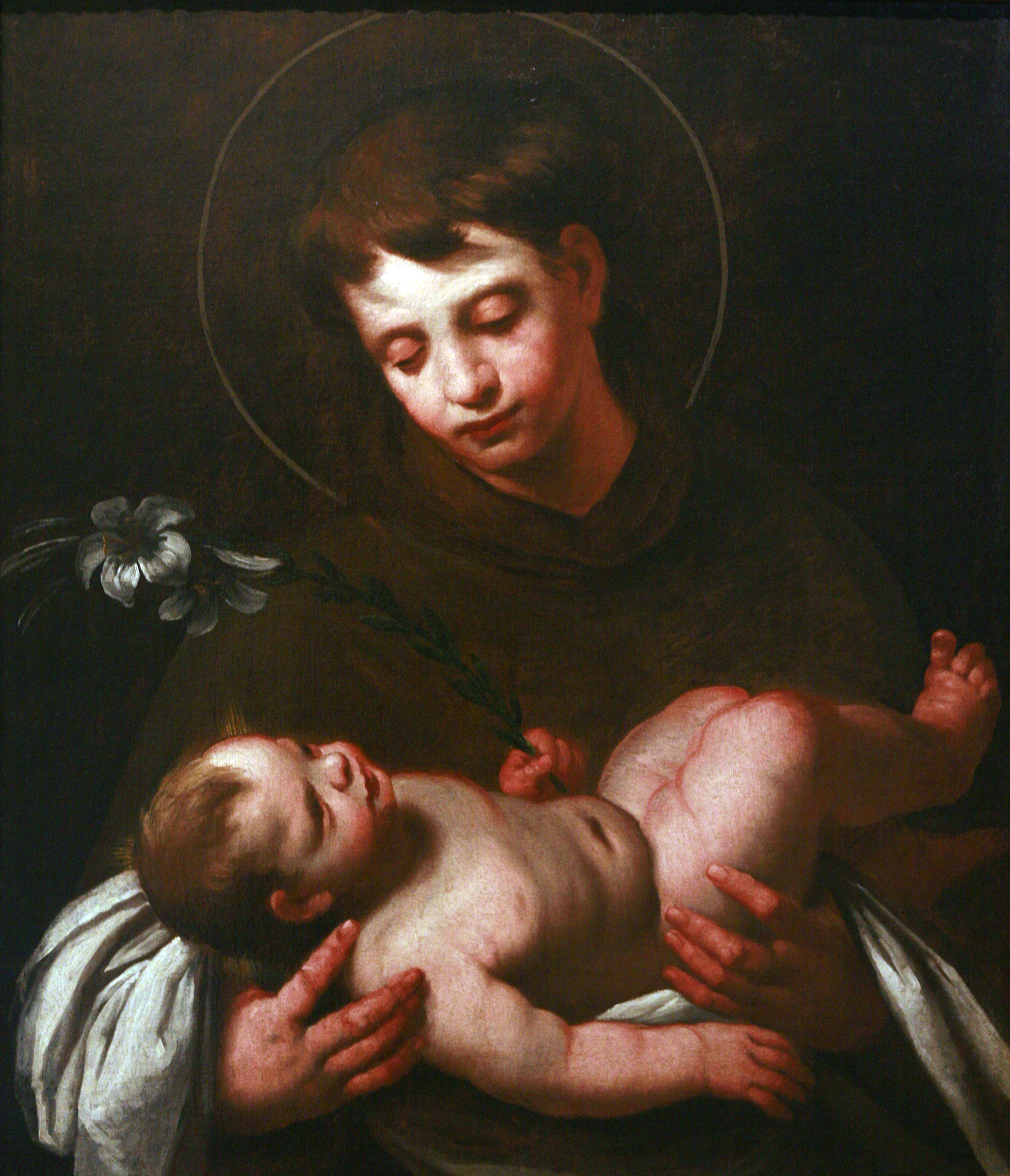|
Santo António (São Roque Do Pico)
Santo António is a civil parish in the municipality of São Roque do Pico on the northern coast of the island of Pico in the Portuguese archipelago of the Azores ) , motto =( en, "Rather die free than subjected in peace") , anthem= ( en, "Anthem of the Azores") , image_map=Locator_map_of_Azores_in_EU.svg , map_alt=Location of the Azores within the European Union , map_caption=Location of the Azores wi .... The population in 2011 was 815 in an area of approximately . History The parish remotes to the end of the 17th century, when it was ecclesiastical parish of Santo António, in honour of Anthony of Padua. Its principal centre of worship was dedicated to the invocation of the saint, the single-belfry Church of Santo António (which was unique at the time for having only one belltower, as compared to the other churches on the island). The church was dotted with a valuable retable located in the presbytery, elaborated in thin guildwork and its stoic large images dedicated to ... [...More Info...] [...Related Items...] OR: [Wikipedia] [Google] [Baidu] |
Pico Island
Pico Island (''Ilha do Pico,'' ) is an island in the Central Group of the Portuguese Azores. The landscape features an eponymous volcano, Ponta do Pico, which is the highest mountain in Portugal, the Azores, and the highest elevation of the Mid-Atlantic Ridge. In the tradition of the Portuguese poet, Raul Brandão, Pico is referred to as the ''Ilha Preta'' ("Black Island"), for its black volcanic soils, which nourish its UNESCO-designated vineyards that once allowed the development of the island's economy. Pico is the second largest and, geologically speaking, the most recently formed island of the Azores, being around 300,000 years old. History The exact date of the island's discovery is not known. However, in the 1375 Catalan Atlas, Pico is depicted along several other islands of the Azores, where it is labelled as ''li colunbj''. In Cristoforo Soligo's map from 1475, Pico is described both as Dom Diniz (or São Diniz) island and as ''Insula Columbi''. Although the Azor ... [...More Info...] [...Related Items...] OR: [Wikipedia] [Google] [Baidu] |
São Roque Do Pico
São Roque do Pico () is a municipality in the Portuguese archipelago of the Azores, occupying most of the northern side of the island of Pico. As of 2021, it has 3,221 inhabitants spread through five freguesias (civil parishes) in an area of 142.36 km². The municipality is bordered by the Atlantic to the north, Lajes do Pico to the south and east, and Madalena to the west. History While the first incursions into the island occurred in the 15th century, the region that would become known as São Roque occurred later.Sandra Cristina Sousa (14 May 2003), p.18 The first colonizers of Pico came to occupy the area of Lajes, coming from the lands of the north of Portugal, because there were few anchorages in other parts of the island. What occurred in the north was starkly different: these colonizers were families from Graciosa, who would much later be supplemented by Flemings from Faial, under the orders of Josse van Huerter. At this time São Roque was a peripheral jurisdicti ... [...More Info...] [...Related Items...] OR: [Wikipedia] [Google] [Baidu] |
Saint Anthony Of Padua
Anthony of Padua ( it, Antonio di Padova) or Anthony of Lisbon ( pt, António/Antônio de Lisboa; born Fernando Martins de Bulhões; 15 August 1195 – 13 June 1231) was a Portuguese Catholic priest and friar of the Franciscan Order. He was born and raised by a wealthy family in Lisbon, Portugal, and died in Padua, Italy. Noted by his contemporaries for his powerful preaching, expert knowledge of scripture, and undying love and devotion to the poor and the sick, he was one of the most quickly canonized saints in church history, being canonized less than a year after his death. He was proclaimed a Doctor of the Church by Pope Pius XII on 16 January 1946. Life Early years Fernando Martins de Bulhões was born in Lisbon, Portugal. While 15th-century writers state that his parents were Vicente Martins and Teresa Pais Taveira, and that his father was the brother of Pedro Martins de Bulhões, the ancestor of the Bulhão or Bulhões family, Niccolò Dal-Gal views this as less c ... [...More Info...] [...Related Items...] OR: [Wikipedia] [Google] [Baidu] |
Freguesia (Portugal)
''Freguesia'' (), usually translated as "parish" or "civil parish", is the third-level administrative subdivision of Portugal, as defined by the 1976 Constitution. It is also the designation for local government jurisdictions in the former Portuguese overseas territories of Cape Verde and Macau (until 2001). In the past, was also an administrative division of the other Portuguese overseas territories. The ''parroquia'' in the Spanish autonomous communities of Galicia and Asturias is similar to a ''freguesia''. A ''freguesia'' is a subdivision of a ''município'' (municipality). Most often, a parish takes the name of its seat, which is usually the most important (or the single) human agglomeration within its area, which can be a neighbourhood or city district, a group of hamlets, a village, a town or an entire city. In cases where the seat is itself divided into more than one parish, each one takes the name of a landmark within its area or of the patron saint from the usually cot ... [...More Info...] [...Related Items...] OR: [Wikipedia] [Google] [Baidu] |
Concelho
Concelho () is the Portuguese-language term for municipality, referring to the territorial subdivision in local government. In comparison, the word ''município'' () refers to the organs of State. This differentiation is still in use in Portugal and some of its former overseas provinces, but is no longer in use in Brazil following the abolition of these organs, in favour of the French prefecture system. It is similar to borough and council. History After the civil parish ( pt, freguesias), the Portuguese ''concelho'' is the most stable territorial subdivision within the country, with over 900 years of history. Founded in the royal charters attributed to parcels and territorial enclaves, in order to establish a presence by the Crown, rather than personal fiefdoms of the nobility and aristocracy. This municipal institution changed throughout history: many were abolished and reconstituted based on the political necessity; first they were subject to the specifics of each charter (wh ... [...More Info...] [...Related Items...] OR: [Wikipedia] [Google] [Baidu] |
Portugal
Portugal, officially the Portuguese Republic ( pt, República Portuguesa, links=yes ), is a country whose mainland is located on the Iberian Peninsula of Southwestern Europe, and whose territory also includes the Atlantic archipelagos of the Azores and Madeira. It features the westernmost point in continental Europe, and its Iberian portion is bordered to the west and south by the Atlantic Ocean and to the north and east by Spain, the sole country to have a land border with Portugal. Its two archipelagos form two autonomous regions with their own regional governments. Lisbon is the capital and largest city by population. Portugal is the oldest continuously existing nation state on the Iberian Peninsula and one of the oldest in Europe, its territory having been continuously settled, invaded and fought over since prehistoric times. It was inhabited by pre-Celtic and Celtic peoples who had contact with Phoenicians and Ancient Greek traders, it was ruled by the Ro ... [...More Info...] [...Related Items...] OR: [Wikipedia] [Google] [Baidu] |
Azores
) , motto =( en, "Rather die free than subjected in peace") , anthem= ( en, "Anthem of the Azores") , image_map=Locator_map_of_Azores_in_EU.svg , map_alt=Location of the Azores within the European Union , map_caption=Location of the Azores within the European Union , subdivision_type=Sovereign state , subdivision_name=Portugal , established_title=Settlement , established_date=1432 , established_title3=Autonomous status , established_date3=30 April 1976 , official_languages=Portuguese , demonym= ( en, Azorean) , capital_type= Capitals , capital = Ponta Delgada (executive) Angra do Heroísmo (judicial) Horta (legislative) , largest_city = Ponta Delgada , government_type=Autonomous Region , leader_title1=Representative of the Republic , leader_name1=Pedro Manuel dos Reis Alves Catarino , leader_title2= President of the Legislative Assembly , leader_name2= Luís Garcia , leader_title3= President of the Regional Government , leader_name3=José Manuel Bolieiro , le ... [...More Info...] [...Related Items...] OR: [Wikipedia] [Google] [Baidu] |
Igreja De Santo António, Santo António, Concelho De São Roque Do Pico, Ilha Do Pico, Açores, Portugal
"Igreja" ("Church") is a single by Brazilian rock band Titãs, released in 1986, part of their ''Cabeça Dinossauro'' album. Lyrics and composition According to songwriter and then bassist and vocalist Nando Reis, the song was written on the acoustic guitar at his mother's house in the district of Butantã, São Paulo: By the time of the album's release, Reis said: Reception within the band It was one of the last songs to be selected for the album and it stirred controversy among the members themselves - vocalist Arnaldo Antunes, at first, didn't want to record it and would even leave the stage sometimes when the song was performed live. When the members had a meeting at vocalist Branco Mello's apartment to discuss the album's repertoire, vocalist, bassist and saxophonist Paulo Miklos also opposed the song's inclusion, but soon changed his mind as the band performed it live. Antunes, on the other hand, said "the song is against the Church as the institution, but at the ... [...More Info...] [...Related Items...] OR: [Wikipedia] [Google] [Baidu] |
Anthony Of Padua
Anthony of Padua ( it, Antonio di Padova) or Anthony of Lisbon ( pt, António/Antônio de Lisboa; born Fernando Martins de Bulhões; 15 August 1195 – 13 June 1231) was a Portuguese people, Portuguese Catholic Church, Catholic priesthood (Catholic Church), priest and friar of the Franciscan Order. He was born and raised by a wealthy family in Lisbon, Portugal, and died in Padua, Italy. Noted by his contemporaries for his powerful preaching, expert knowledge of scripture, and undying love and devotion to the poor and the sick, he was one of the most quickly canonization, canonized saints in church history, being canonized less than a year after his death. He was proclaimed a Doctor of the Church by Pope Pius XII on 16 January 1946. Life Early years Fernando Martins de Bulhões was born in Lisbon, Portugal. While 15th-century writers state that his parents were Vicente Martins and Teresa Pais Taveira, and that his father was the brother of Pedro Martins de Bulhões, the an ... [...More Info...] [...Related Items...] OR: [Wikipedia] [Google] [Baidu] |


_(cropped).jpg)
